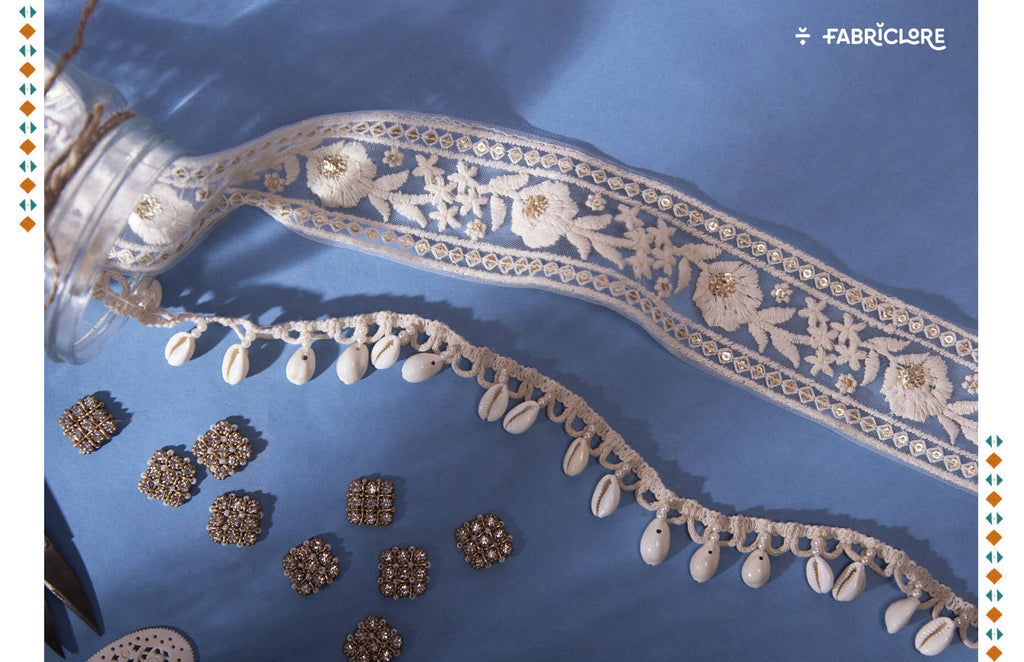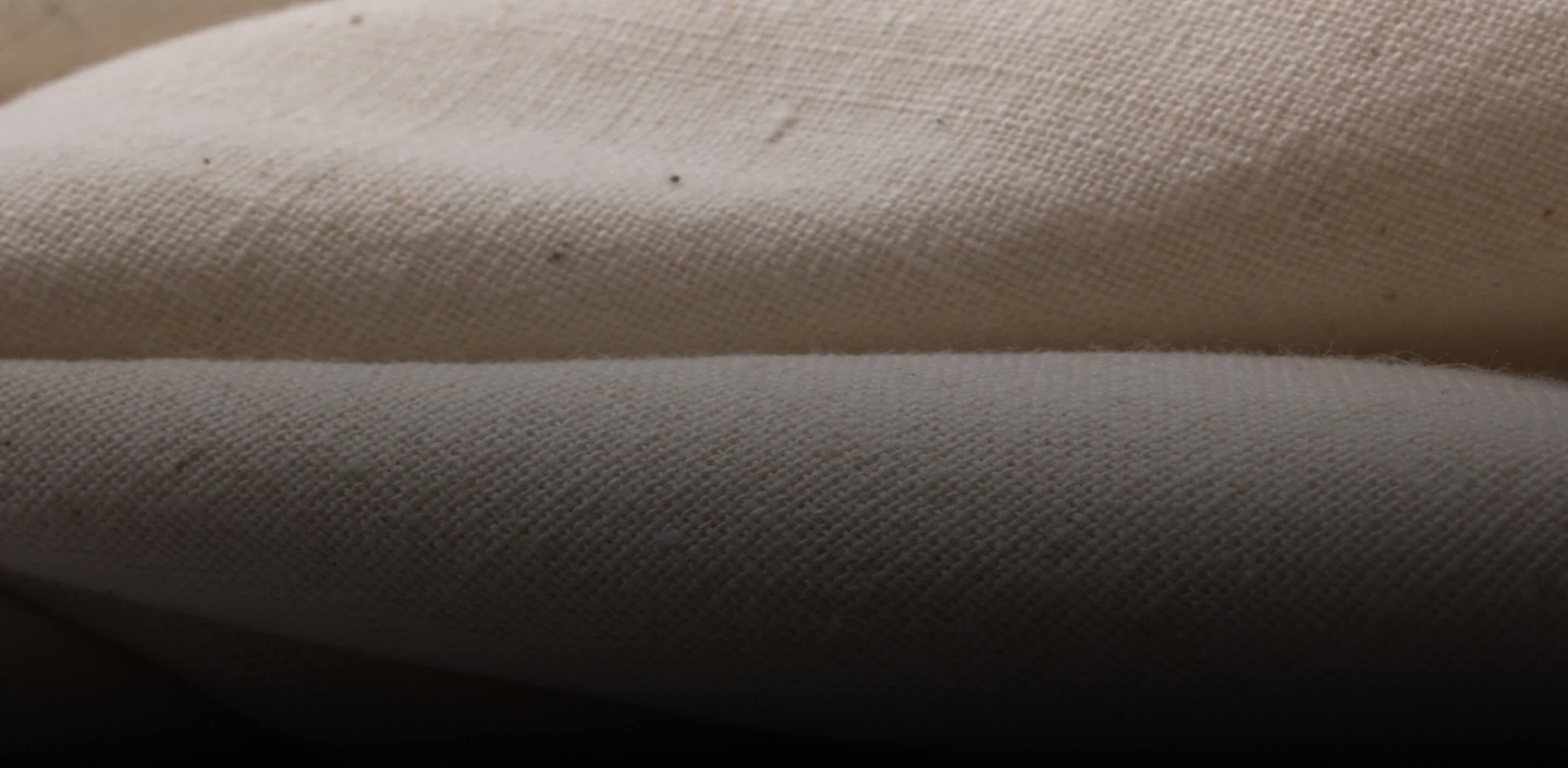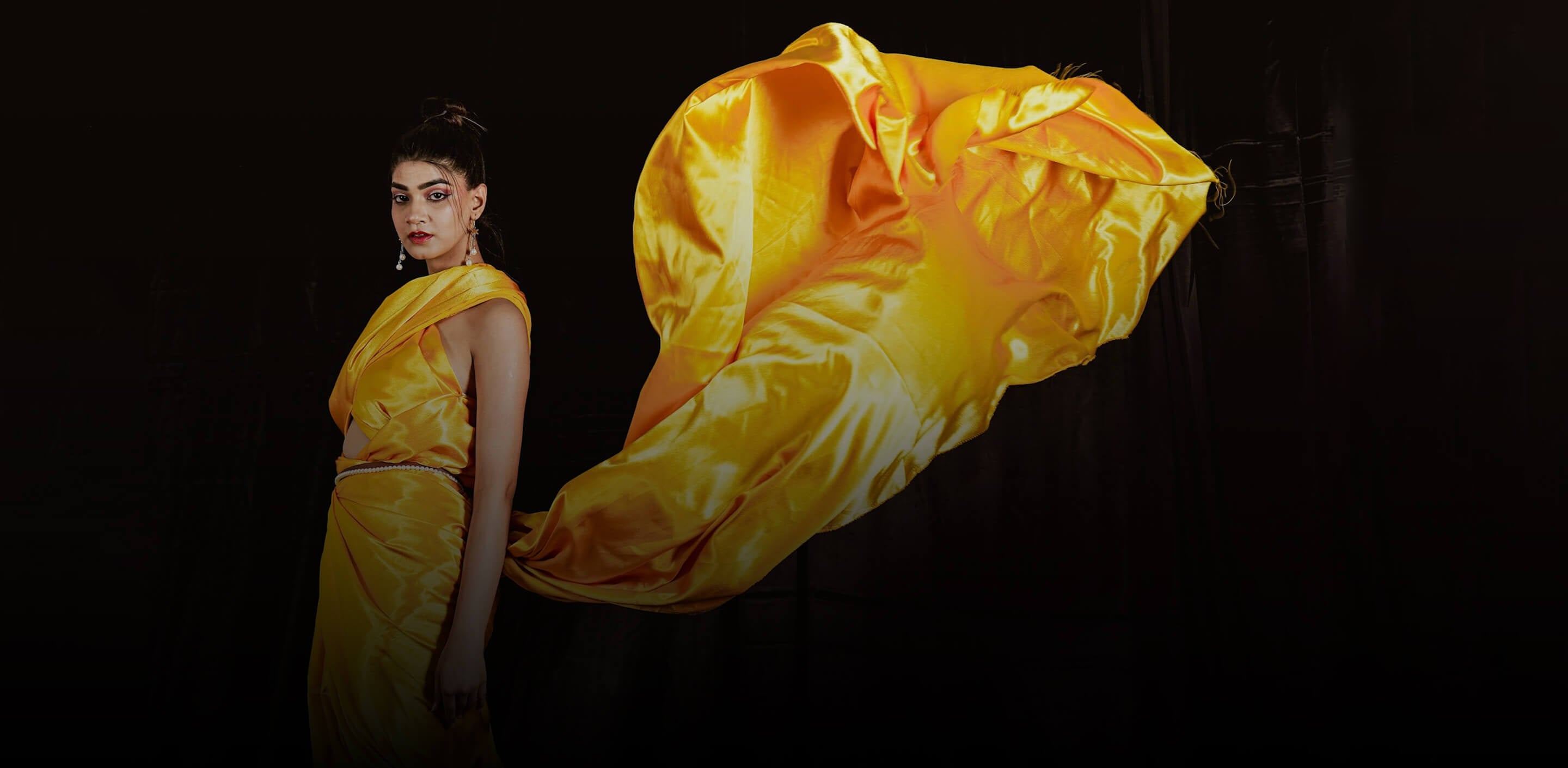Understanding fabric is crucial whether you are generating new clothing or seeking to figure out how to clean your existing ones. In particular, this is true if you've invested in a high-quality piece of fabric and want to extend its life via proper maintenance. The way you care for your garments might be drastically altered by the characteristics of various fabrics. For instance, one fabric's fiber composition will have a very different effect on how to clean the garment than another fabric's fiber content would have.
To better comprehend cloth and dispel some of the confusion, let's take a look at the 10 different types of fabric. Keep in mind that there are hundreds of distinct types of fabric; the 10 types covered here are only the most often used.
Cotton

Cotton, the most widely produced textile in the world, is a breathable, naturally soft material. Cotton seeds have their fluffy fiber, or "lint," ginned off of them. Fabric is spun from the fiber before being sewn or knitted.
This fabric is praised for its comfort, versatility, and durability. It's hypoallergenic, and it breathes well, however it takes a long time to dry. Shirts, skirts, and even lingerie are just a few of the many clothes that are often made from cotton.
Chino, chintz, gingham, and muslin are just some of the different fabrics that may be crafted from cotton.
Chiffon

In contrast to its smooth appearance, the twisted yarn used to make chiffon gives the fabric a somewhat scratchy feel. Silk, nylon, polyester, and rayon are the most common yarn ingredients.
Because of its delicate, flowing texture, chiffon is typically seen in scarves, blouses, and dresses, notably wedding gowns and prom dresses.
Crepe

Crepe is a wrinkly-free, lightweight fabric with a twisted plain-weave texture. It may be made from a variety of different materials, including natural ones like cotton or silk, as well as man-made ones like wool or synthetic. Therefore, crepe is commonly referred to by the fabric from which it is made, such as crepe silk or crepe chiffon.
Crepe is a well-liked fabric for tailoring and dressmaking due to its pleasant feel, versatility, and ease of care. For instance, the crepe fabric georgette is often used in high-end fashion. Crepe is also used to make pants, scarves, shirts, and skirts.
Lace

Lace, which is made from looped, twisted, or knitted yarn or thread, is a delicate and beautiful fabric. Once created from silk and linen, modern lace is now often crafted from cotton thread, wool, or synthetic fibers. The pattern and the foundation material that holds it all together are the two main parts of every lace.
The intricate open-weave design and web-like pattern of lace make it a costly fabric to produce. The delicate, see-through fabric is often employed as a decorative accent or focal point, most notably in bridal dresses and veils but also in blouses and nightgowns.
Denim

You may also get denim as a fabric option. Denim is a kind of cotton twill fabric made from a combination of cotton wrap yarn and white cotton stuffing yarn. People love it because of the comfort it provides, as well as its sturdy, colorful texture, durability, and longevity.
Blue jeans may be the most recognizable item made from denim, but jackets and skirts also benefit from this versatile fabric.
Linen

Linen, one of the first textiles, is the third material on the list. The flax plant provides the raw materials for this robust but surprisingly lightweight fabric. A yarn is spun from the flax fibers and then blended with other fibers.
Linen has several desirable qualities, including the ability to absorb moisture, keep you cool and comfortable, feel smooth on your skin, and last a long time. Although it may be washed in a washing machine, it has to be ironed often since it wrinkles easily. Linen may be used to create garments like suits, jackets, dresses, blouses, and trousers, but it is more often seen in home decor items like curtains, tablecloths, bedsheets, napkins, and towels.
Satin

Unlike the other fabrics on this list, satin is not made from fiber but rather is one of the three main textile weaves and is produced when each strand is well-knit. Once fashioned entirely of silk, modern satin is really a blend of silk, polyester, wool, and cotton. This luxurious fabric has a glossy, smooth, and slippery side and a matte, non-slip side.
Because of its silky, smooth surface and lightweight nature, satin is often used to create formal and wedding gowns, lingerie, corsets, blouses, skirts, jackets, coats, and even shoes. You may use it as a solid color or pattern behind other fabrics.
Silk

Silk, the most expensive natural fiber in the world, is another lovely fabric choice due to its silky texture and shiny sheen. The cocoon of the silkworm, which may be found throughout Asia, Europe, and China, is where silk is obtained.
Silk is the strongest, most hypoallergenic, and longest-lasting natural fabric, but it is also the hardest to care for since many silk weaves tighten or pucker when washed. In the same way that lace is expensive because of the labor-intensive and finicky procedure required to transform silk thread into yarn, so too is satin.
Silk is used to create a wide variety of garments, including formal and informal dresses, blouses, pants, skirts, underwear, ties, and scarves.
Synthetic

Synthetics, in contrast to the other textiles discussed here, include a wide range of fabric types, such as nylon, polyester, and spandex. Synthetics, in contrast to more fragile fabrics, do not shrink and can usually withstand stains caused by water.
Synthetically produced nylon is a polymer-based fabric. It has a stellar reputation for durability, versatility, and hardness. With its longevity and resistance to wear and tear, nylon is often used for jackets and parkas.
Fabrics made from polyester are synthetic and produced using petrochemicals. Polyester, although strong, tough, wrinkle- and stain-proof, is not breathable and does not absorb liquids well. Instead, it's meant to wick sweat off the skin. The vast majority of T-shirts, pants, skirts and athletic clothing are made from polyester.
Velvet

Velvet is another one-of-a-kind fabric that has traditionally been associated with royalty because of its expensive finishing and complex production procedure. This luxurious woven warp pile fabric is dense and shiny on one side, giving the appearance of a smooth pile. The strength of the fabric depends on the number of tufts per square inch and how securely they are attached to the backing.
Velvet may be made from a variety of fibers, including cotton, linen, cool silk, nylon, or polyester. It's often used for blouses, shirts, jackets, skirts, dresses, and evening clothes.
FAQ
What type of fabric is best for clothes?
Cotton fabric, whether it be woven or knitted, that is made from natural cotton is one of the most comfortable and highest quality materials available. It's a lightweight, airy material that works well in warm climates. One of the best things about working with cotton is how straightforward it is for sewing.
What is the highest quality of fabric?
Luxury textiles are manufactured from the best and highest-grade materials. Silk, cashmere, Pima cotton, and leather are high-quality textiles that designers use to create exquisite wardrobe necessities. They are made of natural fibers or the most recent and creative materials.
We also happen to be a magnet for suggestions, and would love to catch yours….throw us yours on hello@fabriclore.com





